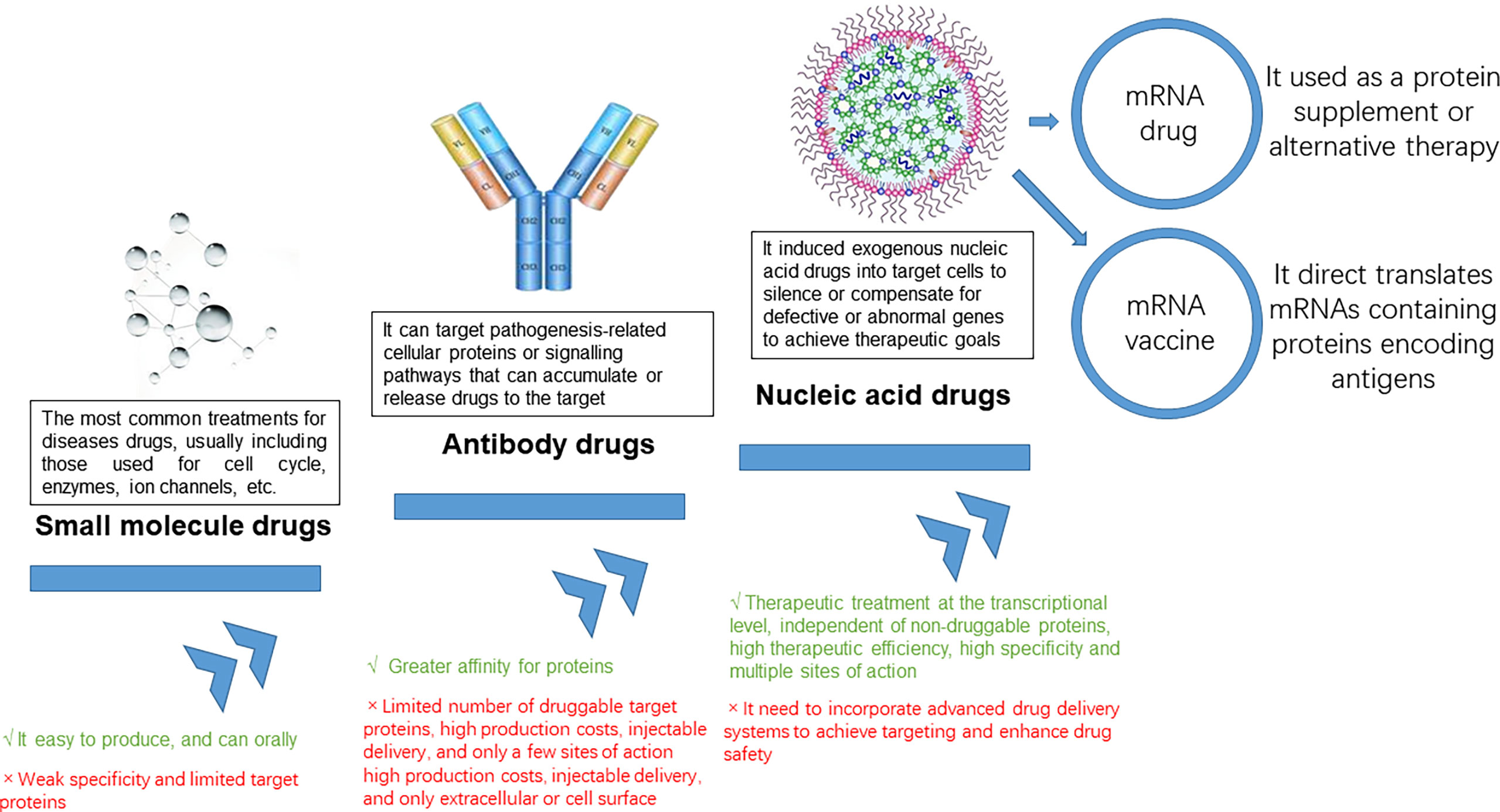Table Of Content

Design Therapeutics, Inc. has a 12 month low of $1.94 and a 12 month high of $8.47. The firm's fifty day simple moving average is $3.25 and its 200-day simple moving average is $2.66. Mustapha joins Design from Pillsbury Winthrop Shaw Pittman LLP, where he served as special counsel in the Corporate & Securities – Technology practice group, representing start-up, emerging, and public companies in a wide range of transactions and matters throughout the business life cycle. Prior to Pillsbury Winthrop Shaw Pittman LLP, he served as senior corporate attorney at Genoptix, a Novartis Company, where he advised the company on a variety of legal matters and played an active role with the acquisition of Genoptix by Novartis and other strategic transactions.
Design Therapeutics Highlights Upcoming Milestones and Reports Second Quarter 2022 Financial Results
From Harvard Medical School where he was a Gerald S. Foster Scholar, an MBA from Stanford’s Graduate School of Business, and a BS with Honors in Biology from Stanford University. Previously, Dr. George worked in management consulting (Bain & Co.) and investment banking (Goldman Sachs). Dr. George is a co-founder and board member of Nkarta and currently serves on the board of CRISPR Therapeutics (CRSP). Dr. George previously served of the boards of Turning Point Therapeutics (TPTX), Principia Biopharma (PRNB), Progyny (PGNY), HTG Molecular (HTGM) and Genocea Biosciences (GNCA). In neuroscience from Johns Hopkins University, where he graduated Phi Beta Kappa.
How Our GeneTAC™ Molecules Work
Increasing lines of evidence also suggest that loss of normal HTT function contributes to the HD pathology. Thus, we believe an allele-selective therapeutic that can dial down mtHTT expression and reduce mtHTT mRNA and protein while preserving wtHTT expression represents a highly desirable therapeutic profile. Through our GeneTAC™ (Gene Targeted Chimera) platform, we are leveraging our deep understanding of gene regulation and the tried-and-true power of small molecules to develop therapeutic candidates that target the underlying cause of genetic disorders. The company’s board comprises eminent scientists and seasoned company builders, as well as executives from successful drug development enterprises and technology companies.
Updated: FDA approves Pfizer’s hemophilia B gene therapy, with $3.5M price tag
Stella Xu, Ph.D. is managing director of Quan Capital, a life science venture fund with deep expertise and broad experiences in cross-border value creation and global investments. Prior to Quan, Dr. Xu was corporate vice president/site head of Roche R&D Center China and a core member of the global management team of Roche’s Immunology, Inflammation & Infectious Diseases Division. From 2012 to 2017, she led the fully integrated team of approximately 200 scientists to deliver an innovative pipeline from discovery to global clinical development. She also had extensive global business development experience with Roche Partnering.
Leadership Team
BIOVIA Generative Therapeutics Design - Dassault Systèmes
BIOVIA Generative Therapeutics Design.
Posted: Thu, 05 Oct 2023 22:51:57 GMT [source]
We have shown that GeneTAC™ small molecules can directly distribute into multiple tissues and can be formulated for different routes of administration. Similar to other small molecules, GeneTAC™ molecules can be tailored to achieve a desired effect without requiring cutting, editing or inserting exogenous genes, thereby avoiding the challenges and risks of developing a therapeutic that causes a permanent genetic change. Design is leveraging its proprietary GeneTAC (gene targeted chimera) platform to develop therapeutic candidates for inherited diseases driven by nucleotide repeat expansions, such as DM1. Transcription of the mutant DMPK gene forms pre-mRNAs with large CUG hairpin loops that trap splicing proteins in the nucleus. Specifically, the mutant DMPK pre-mRNAs trap a critical CUG-binding protein called muscle blind-like protein 1 (MBNL1), which leads to the formation of toxic nuclear foci.
Learn more about what goes into manufacturing gene therapies and Sarepta’s approach to meeting the challenges inherent in making these transformative therapies a reality for patients with rare diseases. Following successful preclinical in vitro and in vivo studies, Nektar decided to exercise the license option and has been advancing the program through IND enabling studies since late December, 2023. If the NKTR-0165 candidate proceeds through clinical development, Biolojic Design is entitled to development milestones and sales royalties. Other hedge funds and other institutional investors have also recently modified their holdings of the company.
Shares of Design Therapeutics stock traded down $0.01 during trading on Wednesday, hitting $3.65. The stock had a trading volume of 192,880 shares, compared to its average volume of 262,557. The stock has a market cap of $206.19 million, a PE ratio of -3.04 and a beta of 1.82.
A New Approach to Treating Genetic Disease

In addition, Dr. Shah serves as chairperson of the board at ARS Pharmaceuticals. Until February of 2020, he served as chairperson of Synthorx, Inc., a biotechnology company developing innovative protein therapeutics for cancer and autoimmune disorders that was acquired by Sanofi for $2.5 billion. Before that, Dr. Shah was president and chief executive officer of Auspex Pharmaceuticals, a biopharmaceutical company focused on the development and commercialization of novel medicines for people with movement disorders, including AUSTEDO® (deutetrabenazine).
Design therapeutics director buys shares worth over $99k - Investing.com
Design therapeutics director buys shares worth over $99k.
Posted: Mon, 25 Mar 2024 07:00:00 GMT [source]
Bristol Myers outlines ‘about 12’ pipeline cuts as it executes major cutbacks
Huntington’s disease (HD) is a dominantly inherited, monogenic neurodegenerative disease characterized by progressive movement, cognitive and psychiatric disorders. Symptoms of HD typically appear between the ages of 30 and 50 and worsen over the next 10 to 25 years, leading to death in approximately 15 years, on average, after the onset of motor signs and symptoms. People with advanced HD need full-time care to help with their day-to-day activities and ultimately succumb to pneumonia, heart failure or other complications. It is estimated that approximately 40,000 people in the United States have symptomatic HD, and more than 200,000 people in the United States are at risk of developing HD.
Low FXN expression results in mitochondrial and cellular dysfunction and leads to all FA disease manifestations. DT-216 is a GeneTAC™ small molecule designed to specifically target the GAA repeat expansion mutation, unblock the transcriptional machinery, and restore the production of functional, natural FXN mRNA. Our HD program is based on GeneTAC™ molecules consisting of a DNA-targeting moiety designed to target to the CAG repeats in the Exon 1 region of the HTT gene, linked to a ligand moiety that is designed to dial down the transcription of the mutant allele without disrupting the normal HTT expression.
As a consequence, fluid accumulates in the cornea (corneal edema), causing reduced visual acuity, reduced contrast sensitivity, glare, and eventual corneal blindness. Design was founded with a vision of restoring health to patients with genetic disorders by harnessing their body’s own biology. And Nelly Soux Professor of MicrobiologyThrough genomics, microbiology, immunology, neurobiology and animal models, we wish to define the molecular processes employed by symbiotic bacteria that mediate protection from disease.
There was a transient increase of FXN mRNA in peripheral blood mononuclear cells (PBMCs) 24 hours after dose, which is consistent with and confirms the results from the Phase 1 single ascending dose study. Based on current methods and procedures, the treatment effect of DT-216 on FXN protein was inconclusive due to high intra-individual variability, consistent with what was seen in the observational study. Study results showed that levels of endogenous FXN mRNA across individuals with FA, FA carriers and healthy individuals differed significantly. Additionally, levels in the interquartile range for FA patients did not overlap with FA carriers, which shows FXN mRNA levels between these two populations are distinct.

No comments:
Post a Comment